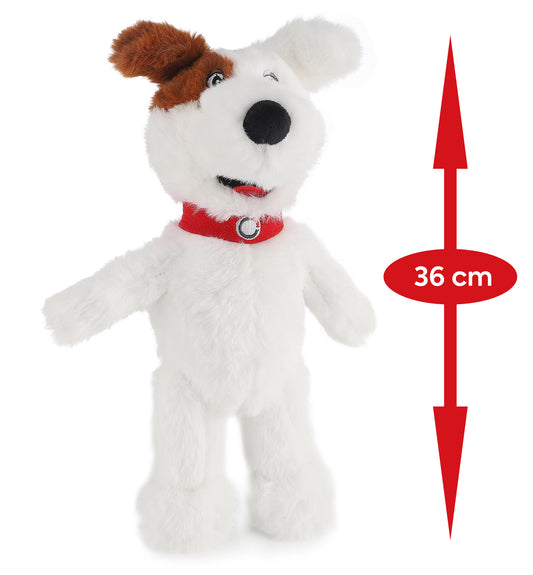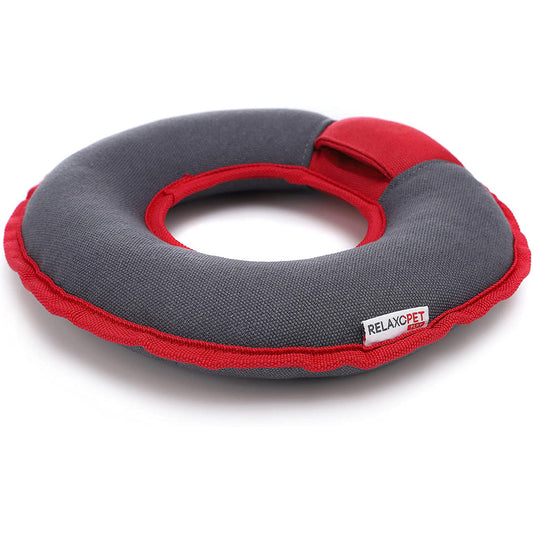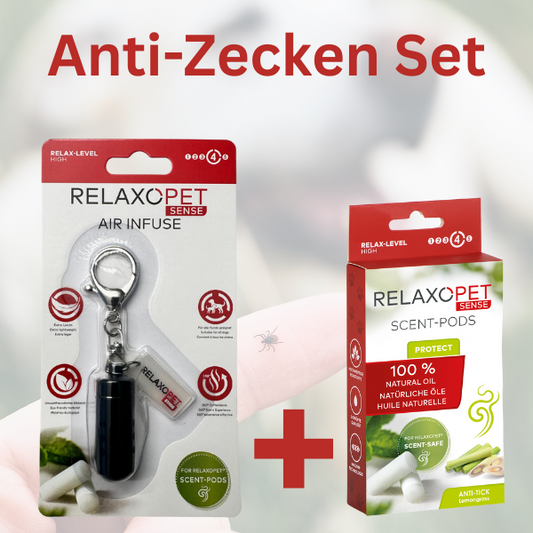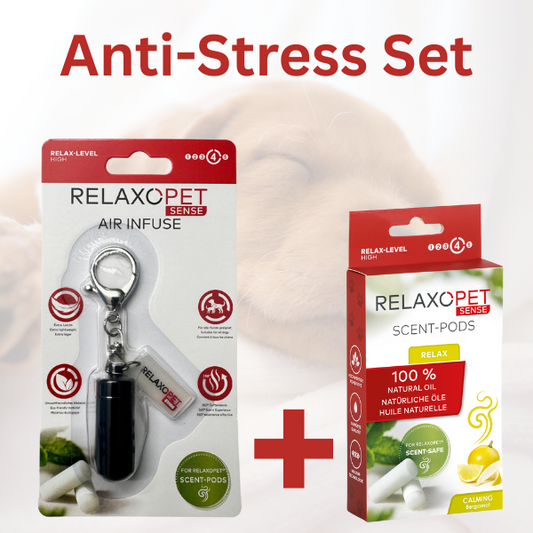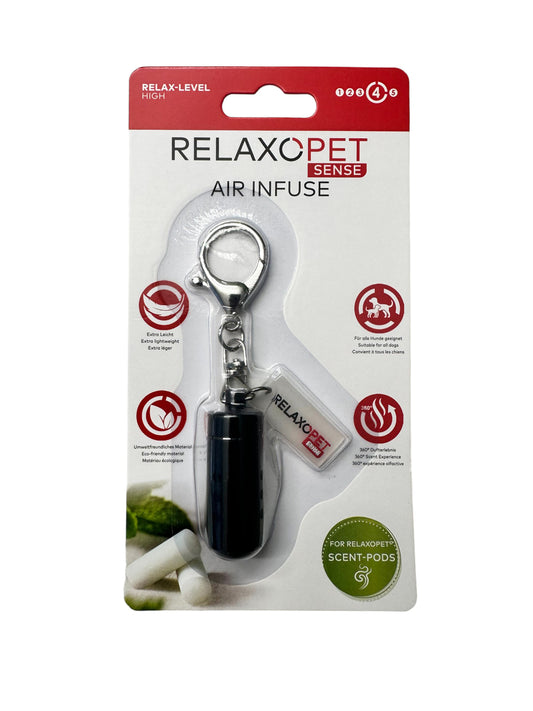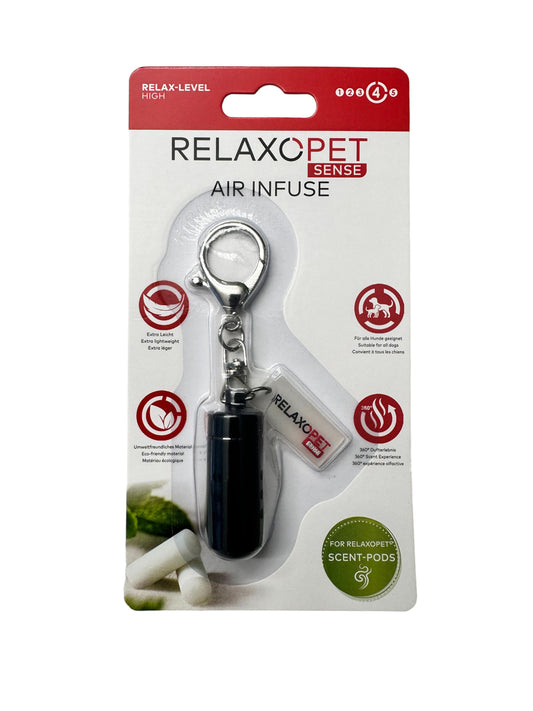
Outdoor hazards
Share
Outdoor Dangers: How to Protect Your Dog on Outdoor Adventures
If you enjoy spending time outdoors with your dog, whether hiking, camping, or walking, it's important to be aware that there are also dangers your furry friend may encounter. In this blog post, we'd like to share some important tips on how to protect your dog from potential outdoor hazards and ensure your adventures together are safe and worry-free.
-
Poisonous plants and substances: While outdoors, there are a variety of poisonous plants and substances your dog can be exposed to. Learn about poisonous plants in your area and make sure your dog doesn't nibble or sniff them. Also, avoid contact with harmful substances like pesticides, slug bait, or other chemicals that could harm your dog.
-
Wildlife and parasites: When traveling in areas where wildlife lives, there's a chance your dog will encounter them. Keep your dog on a leash in such situations to avoid conflict or injury. Also, be on the lookout for ticks, fleas, and other parasites that can harm your dog. Check your dog regularly and use appropriate preventatives to prevent parasite infestation.
-
Extreme weather conditions: Extreme weather conditions such as heat, cold, or storms can harm your dog. Make sure your dog has adequate protection from the heat by providing access to shady areas and fresh water. In winter, protect your dog from hypothermia by keeping him warm and avoiding short walks on very cold days. During storms or severe weather, it's important to keep your dog in a safe place to prevent injury.
-
Injuries and accidents: Outdoors, there's a chance your dog could be injured or involved in an accident. Be aware of potential hazards such as sharp edges, steep drops, or dangerous waterways. Always keep an eye on your dog during the adventure and watch for any signs of injury or discomfort. Always carry a dog first aid kit with you for quick response in an emergency.
-
Dangerous encounters: During your outdoor adventures, you may encounter other dogs or even wild animals. Be cautious and observe the body language of any animals involved. Keep your dog on a leash and be prepared to protect them if necessary. If you are traveling in areas where wild animals live, inform yourself about the potential risks in advance and take additional precautions if necessary.
Bottom line: By being aware of potential outdoor hazards and taking appropriate precautions, you can protect your dog from injury and harm. Enjoy outdoor adventures together, but don't forget to put your furry friend's safety first. With proper preparation and attention, you can ensure your shared outdoor experiences are memorable and, above all, safe.







